
Cambodia may be small, but its history is monumental. The legendary temples of Angkor still stand as symbols of the mighty Khmer empire and draw visitors from around the world. Beyond these famous ruins, much of the country feels peaceful, authentic and wonderfully unexplored. Friendly people, rich culture and quiet rural landscapes make Cambodia a deeply rewarding place to discover.
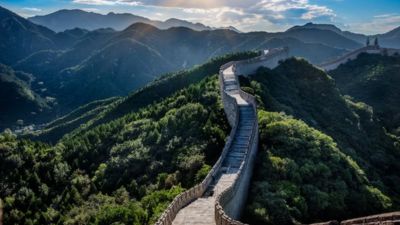
China is a fascinating mix of ancient civilization and rapid modern growth. Its cities are expanding fast, filled with bold architecture and linked by some of the world’s most impressive high speed rail. Yet beneath this modern surface lies a culture shaped by more than four thousand years of history. Ancient symbols, traditional guardians and timeless traditions sit comfortably beside glass towers and busy streets. It is this blend of old and new that makes China such an exciting and unforgettable destination.
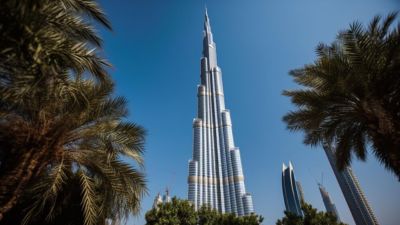
Dubai feels like a city from the future. In just a few decades it has transformed from a quiet trading port into one of the most glamorous and ambitious places on earth. This is a city that loves big dreams and turns them into reality, from the soaring Burj Khalifa to the elegant Burj Al Arab and the vast Palm Jumeirah. With luxury, innovation and bold imagination at every corner, Dubai offers an unforgettable mix of spectacle, comfort and excitement.

India feels less like a single country and more like an entire world. From the mighty Himalayas to the palm lined backwaters of Kerala, every region offers its own landscapes, languages, flavours and traditions. In any city you may meet people of many faiths and communities, each adding to the country’s incredible cultural mix. Ancient temple rituals, grand Mughal mosques and echoes of the British Raj all blend into a vibrant, living tapestry. India is colourful, complex and endlessly fascinating.

Indonesia stretches across thousands of tropical islands filled with incredible diversity. More than five hundred languages and countless traditions create a rich cultural mosaic, while volcanic peaks, lush rice terraces, rainforests, bright beaches and vivid blue seas shape its stunning scenery. Whether you want trekking, surfing, scuba diving or relaxing in a luxury resort, Indonesia offers endless adventure and beauty in every direction.

Japan feels familiar and completely new at the same time. Many people know sushi, manga and sake, but visiting the country is a whole different experience. From the moment you arrive, it feels like stepping into another world. Ancient traditions, serene temples and timeless craftsmanship blend effortlessly with neon cities, advanced technology and bold modern fashion. Japan is a place where the past and the future live side by side, creating a journey that is exciting, unique and unforgettable.

Malaysia is a colourful blend of Malay, Chinese, Indian and indigenous cultures, each adding festivals, flavours and traditions to everyday life. The country is filled with natural beauty, from lovely beaches to some of the oldest tropical rainforests on earth. Its national parks offer excellent trekking, wildlife watching, cave adventures and river rafting. With warm people and diverse experiences, Malaysia is a welcoming and exciting place to explore.
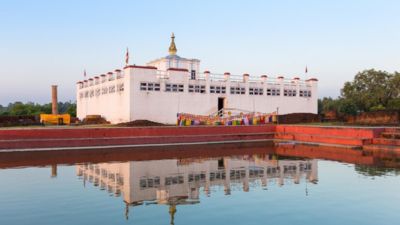
Nepal is a land of incredible contrasts. From warm subtropical forests filled with wildlife to the icy heights of the Himalayas, the country feels like an entire world in one place. You can climb from banana trees to snow covered slopes in a single day. With majestic mountains, rare animals and peaceful rural life, Nepal is a dream destination for nature lovers and adventurers alike.

Singapore is a small city with a big personality. Once a busy colonial port, it has transformed into a sleek and futuristic destination where everything is well designed and easy to navigate. Yet beneath the modern skyline you still find lively street food stalls, colourful cultural neighborhoods and a warm blend of traditions. Today Singapore feels balanced, vibrant and full of exciting contrasts, making it one of Asia’s most enjoyable cities to explore.
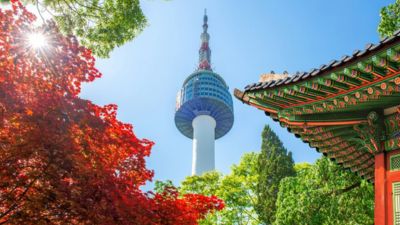
Korea is an exciting and often overlooked corner of East Asia. It is a land of pine covered mountains, emerald rice fields and misty islands dotted across the sea. Despite a challenging history, Korea has kept its traditions alive and its culture feels fresh, vibrant and full of spirit. Lively cities, warm hospitality and a deep sense of heritage make Korea a place that is both inspiring and unforgettable.

Sri Lanka has been enchanting travelers for centuries. This beautiful island just above the Equator is known for its palm lined beaches, rare spices, precious gems and gentle elephants. Its shape has inspired poetic comparisons to a teardrop or a pearl, adding to its magical appeal. With lush landscapes, warm hospitality and a rich mix of cultures, Sri Lanka feels like a place where discovery and serenity come together perfectly.
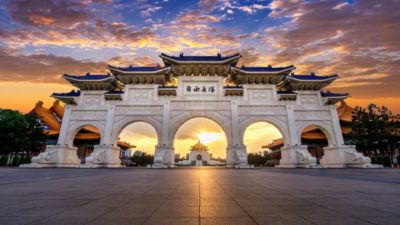
Taiwan is one of Asia’s best kept secrets. Visitors find a lively mix of Chinese, Japanese, Western and indigenous cultures, all wrapped into a friendly and modern island nation. The food is incredible, the festivals are colourful and the temples are full of character. Beyond the cities lie towering mountains, eight national parks, soothing hot springs and beautiful offshore islands. Taiwan is surprising, vibrant and perfect for travelers who love culture and nature together.
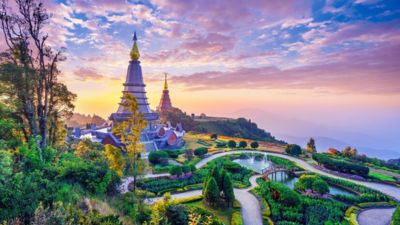
Thailand is one of Asia’s most loved destinations, welcoming millions of visitors while still keeping its cultural heart intact. Beyond the bright lights and busy cities you quickly find peaceful farming villages, fishing communities, rubber plantations and serene Buddhist temples. The country’s landscapes are beautiful, its traditions are strong and its cuisine is world famous for its rich flavours. Thailand blends modern energy with authentic charm, making it a favourite for every kind of traveler.
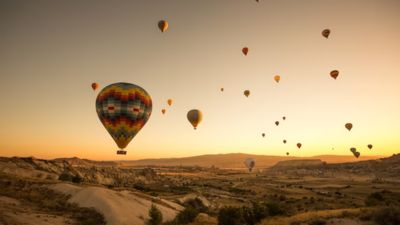
Turkey is a fascinating blend of cultures and history. Influences from the Middle East, the Mediterranean, the Balkans and Central Asia all come together here, creating a place that feels both familiar and wonderfully exotic. You will find mosques beside churches, Roman ruins near ancient Hittite sites and lively dervish ceremonies alongside modern concerts and football crowds. With rich traditions, warm people and endless stories in every corner, Turkey offers a journey full of discovery and charm.

Vietnam has transformed faster than almost any country in the world. Once scarred by war, it is now full of energy and optimism. Roads, hotels and transport have improved, and the country’s lively entrepreneurial spirit is thriving again. Visitors come not for reminders of conflict but for shimmering rice fields, sugar white beaches, vibrant cities and peaceful pagodas. Vietnam feels like a phoenix rising, offering beauty, culture and adventure in every direction.
Subscribe Newsletter For Latest Offers and Tourism Updates.